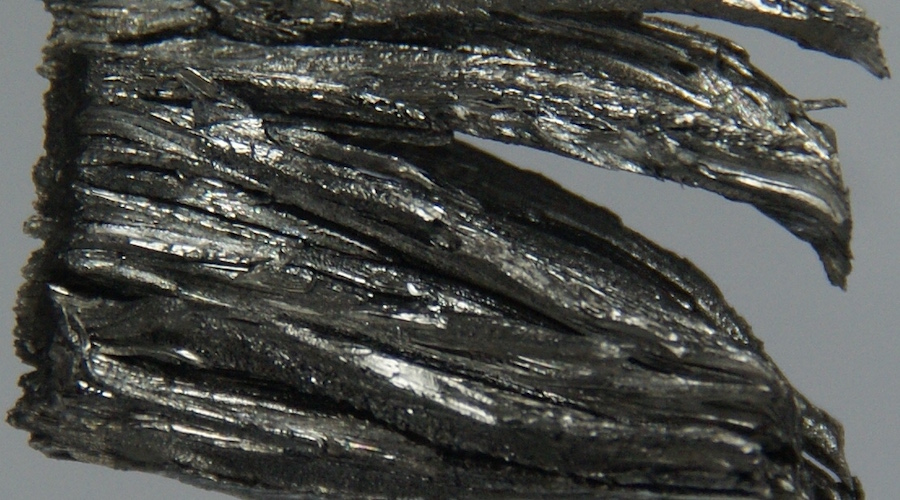
Researchers at the U.S. Department of Energy’s Ames Laboratory are working towards mastering graphene’s assembly in combination with other materials—a tricky, delicate process performed in ultra-high vacuum environments at the atomic scale.
This week, they published a paper where they reveal that they have conquered a new milestone in their quest. They discovered a process to sheathe metal under a single layer of graphite which, according to them, may lead to new and better-controlled properties for these types of materials.
In detail, the team guided by Pat Thiel, an Ames Lab scientist and Distinguished Professor at Iowa State University, encapsulated dysprosium, a magnetic rare-earth metal, by bombarding the top layer of bulk graphite with ions to create defects on its surface, followed by high-temperature deposition of the metal. This resulted in “mesas” or islands of dysprosium underneath a single layer of graphene, a press release issued by the Lab explains. “The formations are significantly different than anything the Laboratory’s two-dimensional materials experts have ever seen,” the statement adds.
Research Assistant Ann Lii-Rosales said that these mesas form at the top graphite surface only, and they are pure metal composed of multilayers, which is a first. On top of that, the scientists are now exploring the combined properties of the metal plus graphene, which may be very different than other, previously produced materials. The researchers were also able to achieve the same mesa-like formations with ruthenium and copper.
In regards to this latter achievement, Thiel said that the adaptable recipe for producing this kind of surface material that his team has found means they can control the process so that they can “deliberately pattern the formation of these little metal slabs.” Thus, the researchers might be able to harness their magnetic and electronic properties.
Graphene—two-dimensional graphite—was first produced in 2004. Given that electrons move rapidly along its surface, it holds great promise as a useful material in applications such as quantum computing, solar cells, catalysis, and sensing.
2 Comments
Mike Failla
and when they do master it you will see a quantum shift in technology once again.Another good reason we need more engineers and less lawyers.
LAMB
Not sure how LAWYERS got into this conversation – best to keep LAWYERS out of anything we say or do – that way, they can’t screw us over as they usually do.